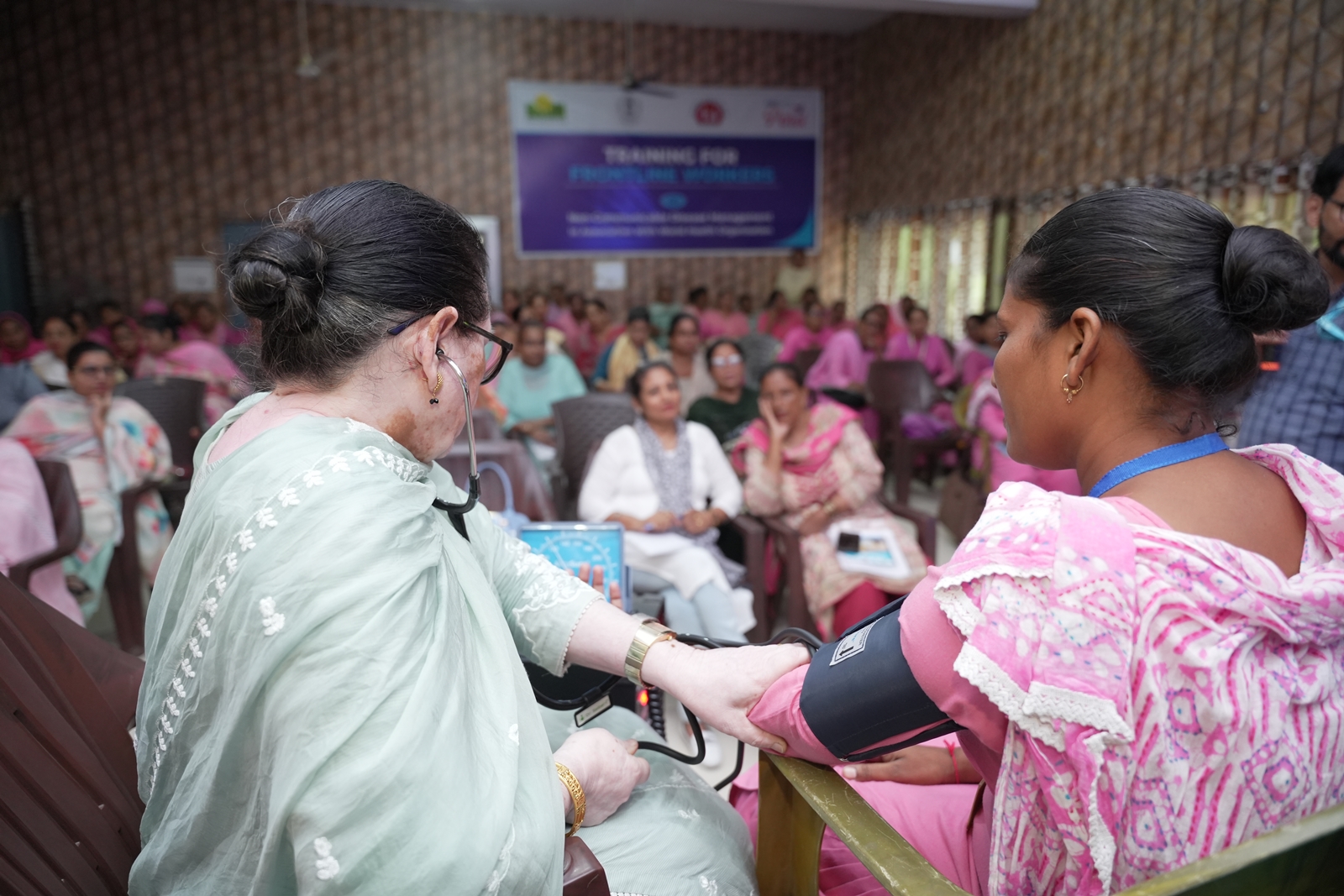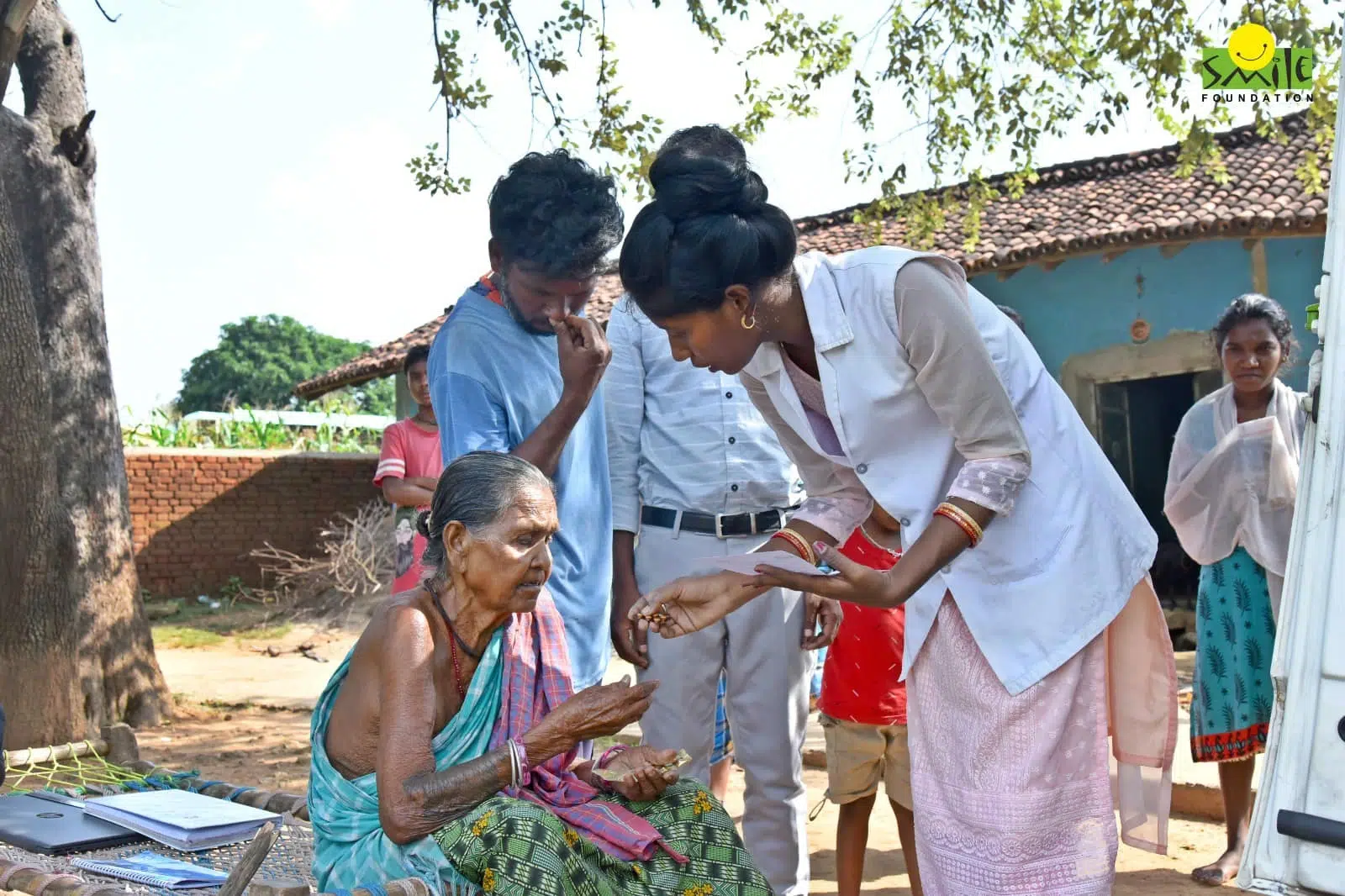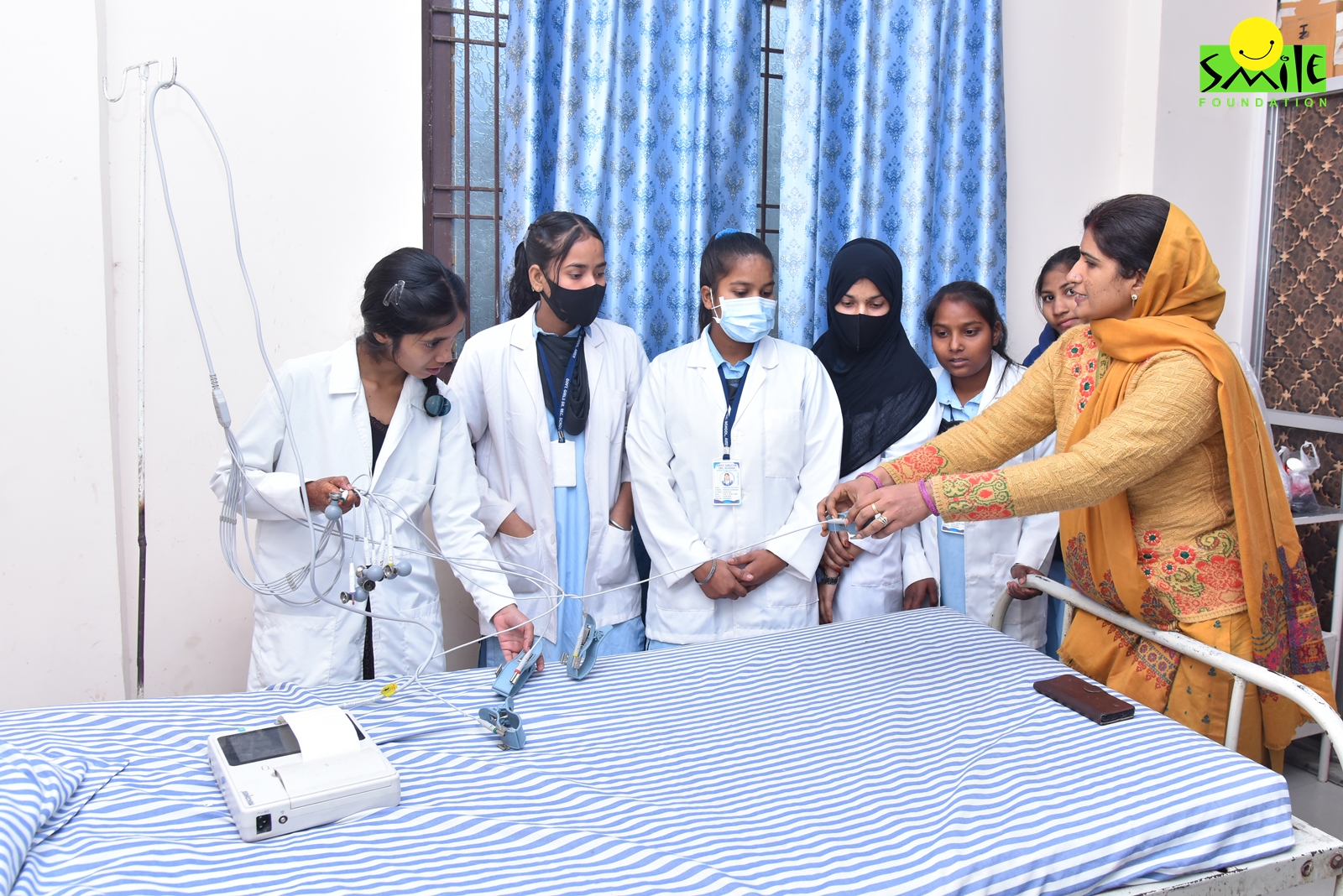Every one of us believes that we look and feel beautiful when we smile. It is a world-wide accepted fact that smiling boosts your mood and reduces stress, apart from making you look younger and attractive. Not just that, it is highly contagious. But have we ever given a thought to how we will be in the absence of teeth that makes our smile prettier? Or have we even checked its health in the absence of pain? Many of us even ignore the sore and bleeding gums as well. Forget about the prevalent conditions like gingivitis and dental plaque. Many of us are not even aware of these terms. But oral health is vital to the overall health and wellness of people.
Can you believe that nearly half of the Indian population does not use toothbrushes and toothpaste, according to the findings of the Indian Market Research Bureau (IMRB)? The National Oral Health Programme, an Indian government’s initiative, says that people in rural areas still use their fingers, brick powder, or neem sticks for brushing their teeth. Over 60% of the Indian population lives in rural areas. In a country with 141.72 crore individuals, only 28% of them brush their teeth twice a day, and over 34% of them believe that brushing once a day is highly sufficient to maintain oral health, as per IMRB data.
Not just that, the oral health country profile released by the World Health Organization says that the prevalence of untreated caries of deciduous teeth in children aged between 1 and 9 years in India is 43.3%. The profile says the prevalence of untreated cavities of permanent teeth in people aged over 5 years is 28.8%, the prevalence of severe periodontal disease in people aged above 15 years is 21.8%, and the prevalence of edentulism in people aged over 20 years is 4%.
And believe me when I say the national oral health programme has zeroed down ignorance as the cause for the wide prevalence of practices that are detrimental to oral hygiene in the country. Because IMRB reveals that over 65% of people do not know that eating habits could cause dental problems. So, let’s take an opportunity to debunk the myths and misconceptions related to dental hygiene and discuss more about oral health.
Healthy teeth: myths vs. facts
- Brushing harder cleans better: It has been widely believed that the harder you brush your teeth, the cleaner it will be. But brushing harder can be counterproductive and cause trauma to both enamel and gum tissue. The abrasions caused by harder brushing make your teeth sensitive. It in turn can lead to problems like gum recession, enamel erosions caused by gum damage that can turn your teeth sensitive. Experts suggest brushing gently for twice a minute, twice a day.
- Bleeding gums are normal: Since bleeding gums are prevalent in the community, it has been blindly believed to be normal. But in reality, it is one of the symptoms of various dental issues that requires immediate attention. Some of the common causes of bleeding gums are vitamin deficiencies, periodontitis, gingivitis, oral infections, mouth ulcers, diabetes and blood disorders. If your gums are bleeding, it is highly recommended to visit a professional to determine the underlying cause and fix it.
- Flossing is not necessary if you brush well: There has been a common misconception among the Indians that flossing is not necessary if you brush your teeth properly. But dental professionals have been advocating flossing as an important part of a comprehensive oral hygiene routine because it helps remove plaque and food particles from between teeth and below the gumline, areas that a toothbrush might miss.
- White teeth are healthy teeth: Though white teeth are often considered a result of healthy oral hygiene, they do not always reflect its health. Natural tooth colour differs from one person to another and can range from off-white to yellowish. Also, white teeth still have underlying problems like cavities, enamel erosion and gum diseases. A person with white teeth can also experience sensitivity and damage. Regular dental checkups are essential to detect and address these issues.
- Chewing gum replaces brushing: Despite raising awareness on oral hygiene, many continue to replace brushing by chewing gums. While sugar-free gum can help stimulate saliva production and reduce plaque, it doesn’t replace the need for brushing and flossing. It’s a supplementary measure and definitely not a substitute for brushing.
Common oral diseases
It is an accepted fact that awareness of oral hygiene and causes of oral diseases is relatively low among Indian households, despite numerous measures taken both by the government and doctors to improve oral health. The National Oral Health programme has listed dental cavities, periodontal (gum) disease, oral cancer, oral infectious diseases, trauma from injuries and hereditary lesions as the most common oral diseases. Pointing out that the overall prevalence of periodontal diseases was high in India, the programme said that periodontal diseases, dental caries, malocclusion and oral cancer are the major dental problems affecting people in India.
According to their data, about 60 to 90% of schoolchildren and 85 to 90% of adults have dental cavities, and it often leads to pain and discomfort. They also say that India records about 5.56 lakh oral cancer deaths. The estimated number of people living with cancer in the country is over 2.5 million, and more than 7 lakh new cancer patients register every year.
Citing consumption of tobacco and alcohol as the major causal factors of oral cancer, the programme said the prevalence of oral cancer is higher in men, in older people, and among people of low education and low income. WHO says 1.35 lakh people are living with lip and oral cavity cancer during 2020, and the incidence rate is 9.8 per 1 lakh population.
Connection between oral health and overall health
In general, people fail to see the connection between the oral and overall health conditions. It is true that good dental and oral hygiene prevents bad breath, gum diseases, and tooth decay. But it doesn’t end there. To understand the significance of oral health, one needs to understand its connection to overall health. A healthy oral practice also helps one to ward off medical disorders.
Dental professionals say that an unhealthy mouth, especially gum diseases, will increase the risk of serious health conditions like heart attack, stroke, diabetes and preterm labour. Pointing out that the mouth is the window to the rest of the body, doctors say that experts can tell a lot about your general health just by visual examination or with a swab of saliva. Because it comes in handy while detecting the early signs and symptoms of systemic disease such as AIDS or diabetes. The Academy of General Dentistry explains that over 90% of all systemic diseases produce oral signs and symptoms.
Conclusion
It is time to make sincere efforts to create awareness of oral hygiene practices among the public. With the mouth being considered as a window to see the conditions of overall health, people should not just follow healthy oral practices but also take concerns seriously. Research reveals that only 47% of total dental treatments were received by dentists, while more than 50% of people with dental problems prefer to take medicine from general practitioners and chemists or use household remedies. Lack of sufficient number of dental hospitals and expensive treatments are considered as main reasons for the ignorance. It is high time for the government and dental professionals to step in before things go out of hand.









